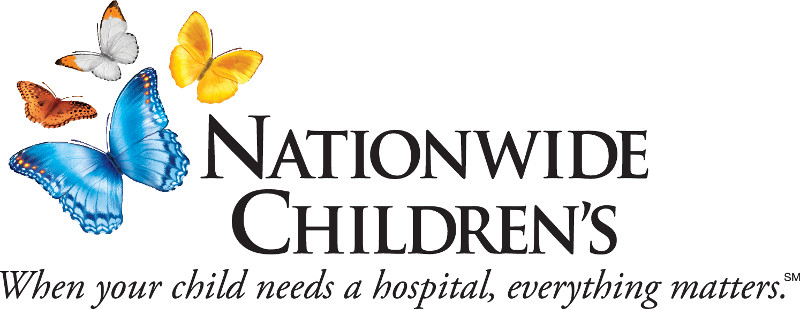Newswise — Though it has been widely recognized that minority adult populations are at an increased risk for trauma, until recently, little was known about trauma injury rates in minority children. Now, a study conducted by the Level 1 Trauma Program on the campus of Columbus Children's Hospital has determined that trauma has a far greater impact on African-American children than white children. However, after adjusting for injury severity, minority children have the same mortality, hospital length of stay and referral rate to rehabilitation as white children. The findings were published this month in the Journal of the National Medical Association.
The study found that compared to white children, African-American children (who compose the majority of the minority population sample in the study) were 7.7 times more likely to sustain a burn or gunshot wound, seven times more likely to be struck by a car, six times more likely to be intentionally injured and more than twice as likely to be killed by an injury. Seventeen total causes of injury were examined as part of the study.
The study also found that nearly 10 percent of all pediatric trauma admissions were minority children less than one year old.
In addition to the disparity findings on injury rates, researchers also found that regardless of race, suicide rates began to climb at age 10—a mechanism of death typically associated with older children and teenagers.
"This is the first time a study has looked at the effect of intentional and unintentional injuries on minority children as compared to white children," said Jonathan I. Groner, M.D., Columbus Children's Hospital Trauma Medical Director and Clinical Associate Professor of Surgery, The Ohio State University College of Medicine and Public Health. "These findings provide valuable information for ensuring prevention initiatives reach minority children and families and address barriers to understanding and recalling prevention information. We must begin to think of trauma as a disease—and make prevention efforts a priority."
The study examined case records for 5,973 children 16 years of age or younger who received inpatient treatment at one of six pediatric trauma centers in Ohio from 1999-2001. Case records were examined for race, injury type, injury severity, length of stay and demographic information. Groner's study also looked at socioeconomic factors analyzed from census data by zip codes. He found that the population-adjusted rate of injuries within a zip code correlated with the number of vacant housing units, number of people with an education level below ninth grade, the number of adults out of the workforce, median income and population density of the zip code.
The study, supported by a grant from the Ohio Department of Public Safety, Emergency Medical Services Division, is a result of 2000 Ohio legislation (H.B. 138) which led to the funding of several areas of research associated with trauma care.
Columbus Children's ranks among the top 10 in National Institutes of Health research awards and grants to freestanding children's hospitals in the country and houses the Department of Pediatrics of The Ohio State University College of Medicine and Public Health. With nearly 600,000 patient visits each year, Children's Hospital is a 112-year-old pediatric healthcare network treating newborns through age 21. In 2003, the Columbus Children's Research Institute conducted more than 300 research projects and is the home of Centers of Emphasis encompassing gene therapy; molecular and human genetics; vaccines and immunity; childhood cancer; cell and vascular biology; developmental pharmacology and toxicology; injury research and policy; microbial pathogenesis; cardiovascular medicine; and biobehavioral health. Pediatric Clinical Trials International (PCTI), a site management organization affiliated with the hospital, also coordinated more than 50 clinical trials. In addition to having one of the largest ambulatory programs in the country, Children's offers specialty programs and services. More than 75,000 consumers receive health and wellness education each year and affiliation agreements with nearly 100 institutions allow more than 1,700 students and 500 residents to receive training at Children's annually. More information on Children's Hospital of Columbus is available by calling (614) 722-KIDS (5437) or through the hospital's Web site at http://www.columbuschildrens.com.
MEDIA CONTACT
Register for reporter access to contact detailsCITATIONS
Journal of the National Medical Association (Mar-2005)
